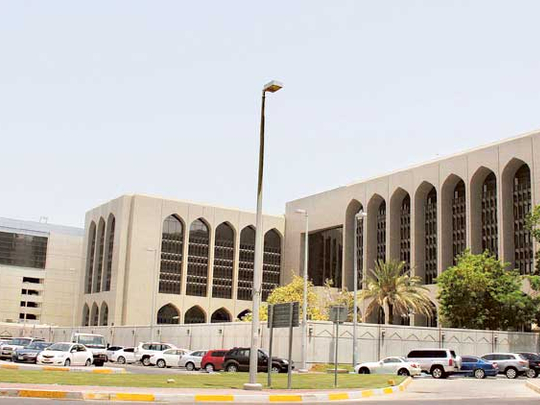
Dubai: Muted private sector credit growth is expected remain a big challenge for banking sector profitability. Credit growth in the UAE strengthened to 0.5 per cent month on month in February, the fastest pace since September 2016, according to the monthly data from the Central Bank of UAE.
The stronger monthly credit growth in February was largely driven by the government related entities (GRE) segment, which was up 1.9 per cent compared to January following two consecutive months of contraction. Despite the month-on-month growth, annual loan growth decelerated further to 5.4 per cent year on year last month, reflecting the overall soft pace of credit expansion since the fourth quarter of 2016.
Union National Bank (UNB) reported a net profit of Dh452 million for the first quarter of 2017, flat growth year-on-year. The bank reported a relatively strong 8 per cent year on year growth in loans and advances, while the average credit growth for the sector is expected to be in the range of 5 to 7 per cent this year.
“The liquidity situation in the market has improved during first quarter of 2017 with gradually improving economic prospects. However, the credit growth remained muted as the operating environment continues to align with the new global and regional economic paradigm,” said Mohammad Nasr Abdeen, Chief Executive Officer, Union National Bank.
Wholesale markets
Bankers and analysts expect despite an increase in cost of funds resulting from gradual increase in interest rates, UAE banks are better placed to manage this because of the relatively high share of current and savings (CASA) deposits and low cost term deposits in the funding mix. In addition, a number of banks have front-loaded their medium term fund raising through bonds last year ahead of the rate hikes and many banks have been tapping wholesale markets at competitive rates.
Despite the 25 basis point increase in UAE Central Bank’s repo rate following the US rate hike of quarter of a per cent earlier this month, analysts say the increase in Emirates interbank offered rates (EIBOR) was limited, largely because of the improved liquidity conditions. Analysts expect that endowment effects will start to outweigh the increased cost of liquidity, but going forward banks should pay greater attention to align credit expansion and deposit growth to avoid yield compression.
During the last four quarters most leading banks in the country had reported improvement in cost of risks (CoR). “UAE banks should see CoR and margins start to stabilise, leading to flat year on year earnings, but better than the 4.5 per cent fall in earnings in 2016. We expect margins to somewhat stabilise in 2017 as improving liquidity and increasing rate environment help re-price assets,” said Jaap Meijer, Head of Research of Arqaam Capital.
Although the spike in loan losses on some sectors, particularly the small and medium enterprises (SMEs) have been largely addressed; analysts expect some spillovers in loan loss provisions to linger. While retail loan growth is expected to moderate, job losses resulting from slower economic growth is expected to result in contraction in retail underwritings, increase in provisions and profits. However, average cost of credit in the banking sector is expected remain unchanged in the first quarter and improve further in the second half of the year.












